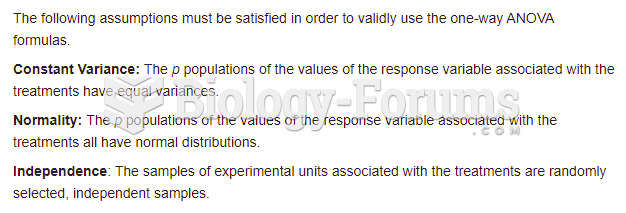Answer to Question 1
Responses should consider:
- Perception of one's sexuality is a major component of one's self-identity.
- Gender identity is one's concept of oneself as a man or a woman.
- Gender identity is one of the most important components of one's sexual identity.
- Most people are clear about whether they are men or women.
- Sexual orientation is one component of one's sexual self.
- Some people are confused about their sexual orientation.
- Sexual orientation refers to whether one is attracted to members of the same sex or to members of the opposite sex.
- Sexual orientation refers to sexual, romantic, and emotional attraction.
Answer to Question 2
Responses should consider:
- Abstinence-only sex education has focused on instructing students not to have sex at all.
- Abstinence-only sex education teaches that young people should wait until marriage to become sexually active.
- Such education includes the assumption that if teens wait until marriage to have sex, they have no need for information about how to avoid unwanted pregnancy or how to prevent the transmission of sexually transmitted infections.
- Such programs teach that the only way to avoid unwanted pregnancy or STIs is not to have sex.
- Such programs teach that the only acceptable type of sexual relationship is a monogamous marriage in which both partners are faithful to one another.
- Such programs teach that sexual activity outside of marriage is likely to have harmful psychological and physical effects.
- It's been found that when school districts attempt to implement abstinence-only sex education programs, the outcome has been the dissemination of inaccurate information.
- Such programs fail to give young people the information they need to make responsible choices.
- It's likely that students taking a college course in human sexuality have not received correct or adequate sexual information during their teenage years.







